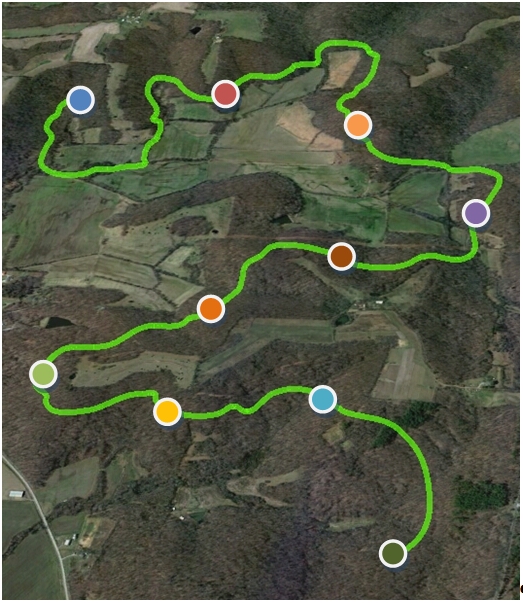Interpret and Summarize Results
STEP 9: INTERPRET, FINALIZE, AND SUMMARIZE RESULTS
Outcomes or Products
Validated connectivity assessment model results with interpretation
Prerequisites
STEP 3: Identify species to be assessed
STEP 4: Characterize biology, ecology of species to be assessed
STEP 6: Identify the connectivity modeling tool(s) that will be used
STEP 7: Obtain or build inputs to connectivity modeling tool(s)
STEP 8: Run the model and validate results
Description
Once you have an adequate set of results, it is critical to provide an interpretation so the results can be readily understood and applied by others.
Skill Sets or Expertise Needed
- Expertise with geospatial data
- Understanding of spatial modeling and its limitations
- Biological or ecological expertise in the species or systems to be assessed
How to Conduct This Step
Once a consistent and useful set of results has been developed, it is important to document and communicate what the results actually mean. Although these models all provide visual, spatially explicit results, the casual user may not fully grasp the subtleties and implications of the results simply by viewing them. In Circuitscape, for example, there can often be areas that have low current density in model results. These areas are not necessarily bad for connectivity – they may simply be large swathes of habitat where animal movement is not constrained. Not infrequently, models are produced without adequate discussion of the meaning and implications of the results. Depending on the scale and purpose for which the results will be used, the potential for connectivity should be fully described for the entire area evaluated.
For climate change adaptation connectivity results, interpretation will be especially important, particularly for the relative uncertainty in the results and the time frame for the results. For example, those using the results in planning and decision-making will need to understand if a connection is not anticipated to be relevant for several decades but that proactive action is recommended. This helps set appropriate expectations for applying the model results.


